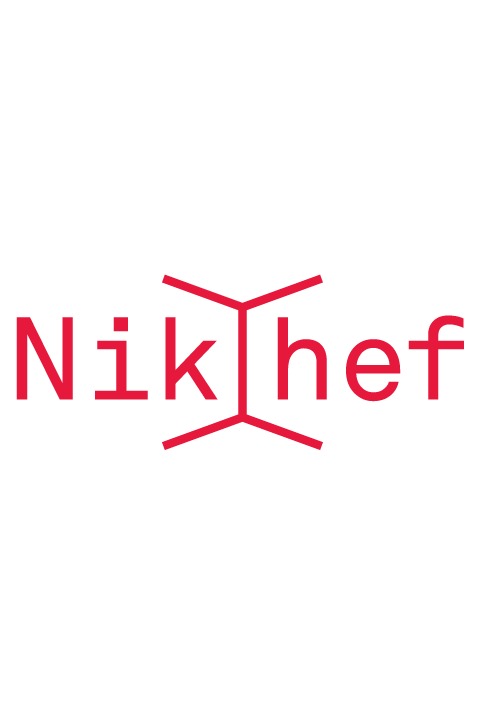Just like our daily life is impossible to imagine without ICT, so is scientific research. The Computer Technology (CT) department offers ICT support to Nikhef research programmes, on the one hand by supplying a reliable basic infrastructure, on the other by facilitating research in a flexible and innovative way.
The department is composed of about 20 FTE covering various areas of expertise and working along three lines:
- Offering a basic infrastructure of ICT services (CT Management)
- Developing software for the readout and control of detectors (CT Project Support)
- Supplying large-scale computation and storage facilities for scientists, supporting them in the safe use thereof, in close collaboration with the Physics Data Processing (PDP) group.
CT Management
The CT Management group takes care of the basic infrastructure of ICT services. This includes services such as email, computer networks, telephone services, workplace management and printers. Some of the services are managed at the internal data centre, while other services are outsourced or purchased externally.
The various departments within Nikhef, such as the researchers, the technical and supporting departments, all have their own demands and preferences with regards to the ICT infrastructure. This leads to a wide variety of systems (Windows, Linux and Apple) and necessitates a high level of flexibility in the ICT management.
CT Project Support
One of the tasks of the CT department is to support experiments. A group of about 5 persons contributes to this task on a per-project basis. Whenever a (sub) detector is being developed as part of an experiment, the CT Project Support group (CT-PS) is involved. In the operating phase CT-PS is often involved as well. In this phase, the infrastructure, hardware and selected technologies of the experiment, often based abroad, need to be taken into account. As an example, think of the control systems of CERN, to which CT-PS needs to conform.
The activities of CT-PS are mostly focused on two particular areas: firstly the detector control system (DCS), where the task is to monitor the detector and bring it into a safe condition to store measurement data. The latter is the second area, called the data acquisition (DAQ) system. Note that interpreting data is not a task for CT-PS.
CT-PS is involved in most experiments in which Nikhef participates. These are the LHC experiments ATLAS and LHCb, and also the astroparticle experiments KM3NeT, Virgo and XENON1T. CT-PS is also involved in the many R&D activities in the area of gas-filled tracking chips (such as medipix) and solid-state detectors.
The CP-PS group closely collaborates with the Electronic Technology (ET) department. In short, ET fabricates the hardware, which is next integrated into larger systems by CT-PS. Embedded systems play a key role here. Linux is getting more and more important. Windows systems, although supported still, are increasingly replaced by Linux-based systems. Important programming languages for CT-PS are C/C++ and Python. CT-PS also has much knowledge about networks, databases (Oracle, MySQL), version control systems (svn, git) and the SCADA system of CERN (WinCC), the de-facto standard for the DCS of the LHC experiments.
CT / PDP
Research in the area of particle physics requires large-scale computation and storage facilities. To this end, thousands of compute cores and many petabytes worth of storage are offered in the in-house data centre.
Under the auspices of the Physics Data Processing (PDP) group, the Computer Technology department supplies the technical expertise for the development and management of these facilities for grid and cloud computing. Furthermore, software is developed by the group to enable scientists around the world to safely utilize distributed computer systems.
More information about these activities can be found on the page of the PDP group.
Contact: Ronald Starink (group leader CT)
